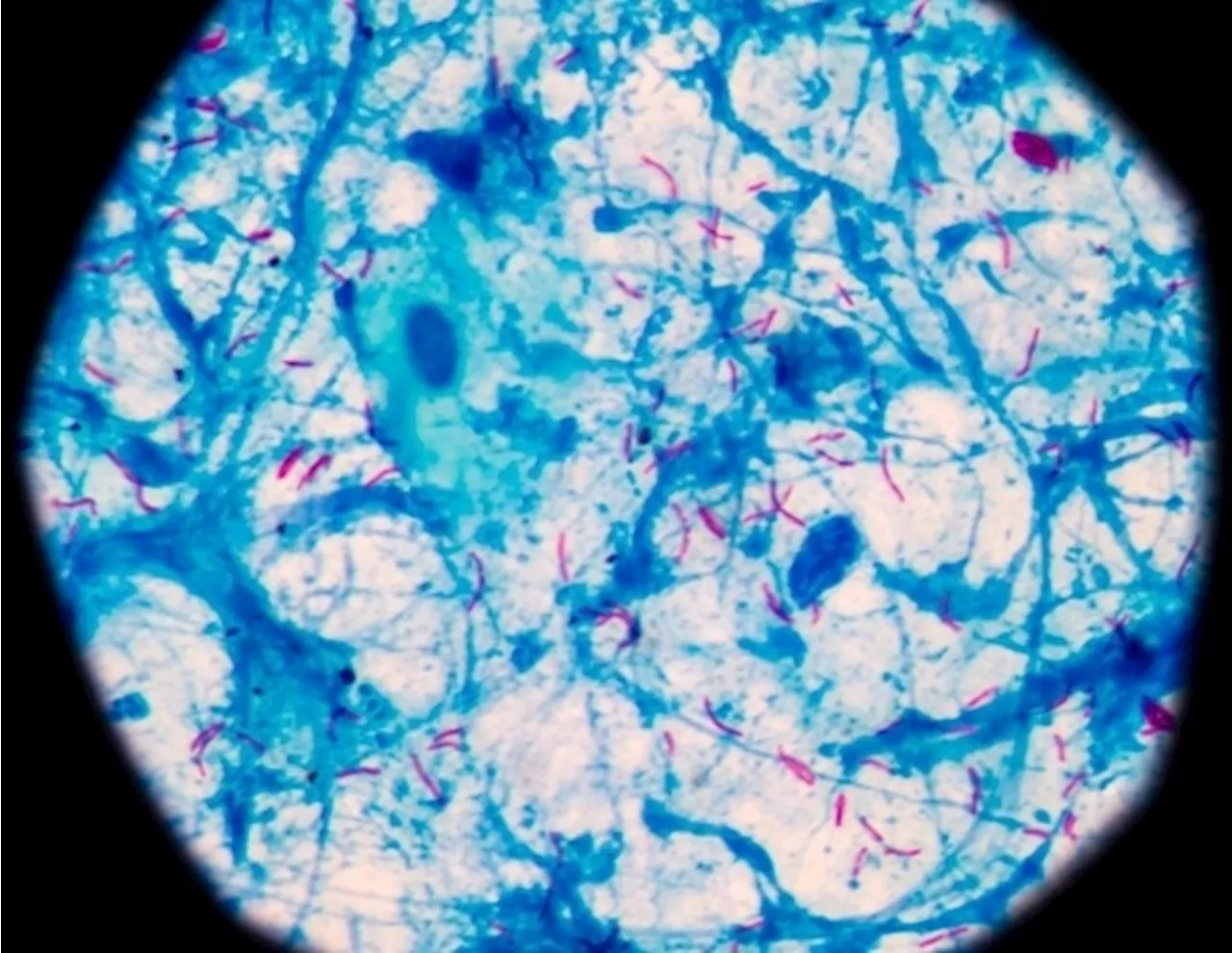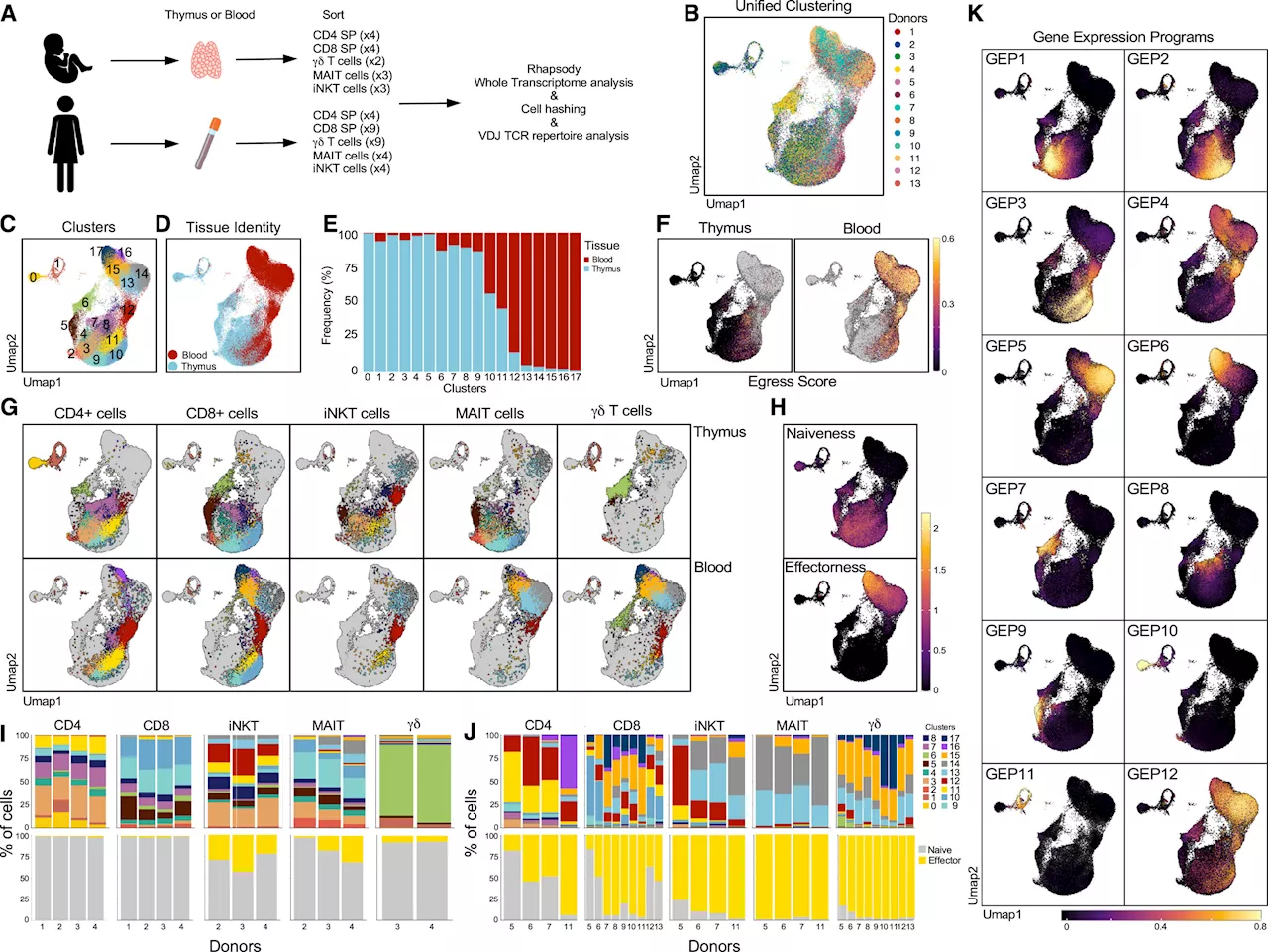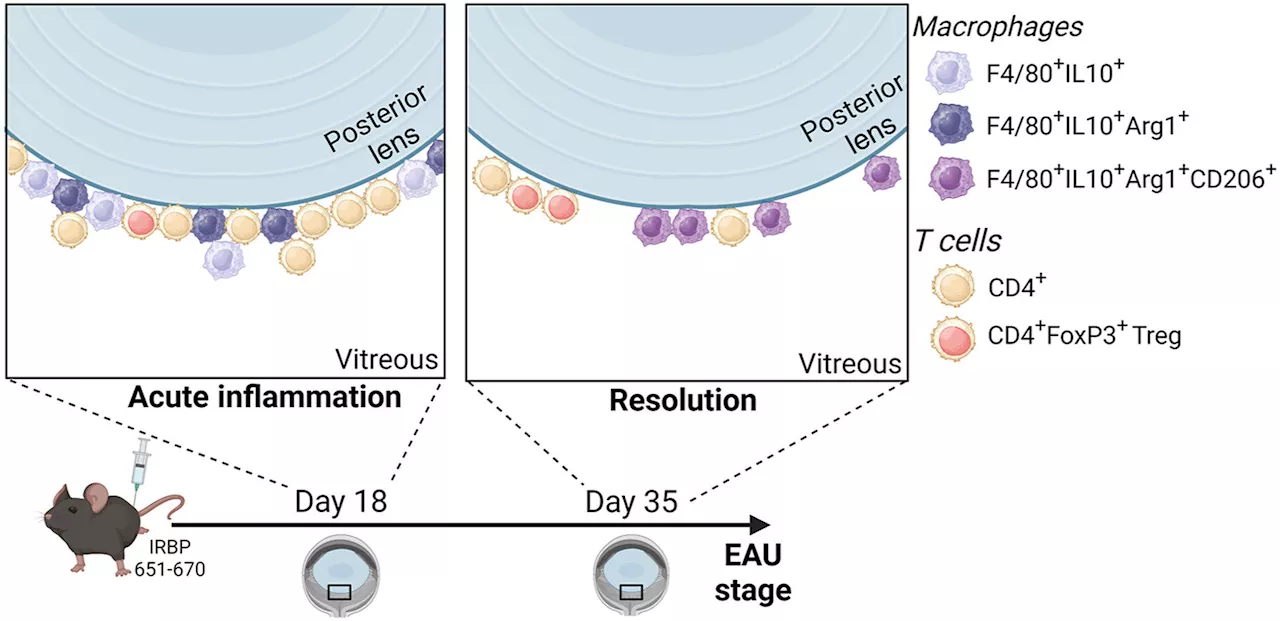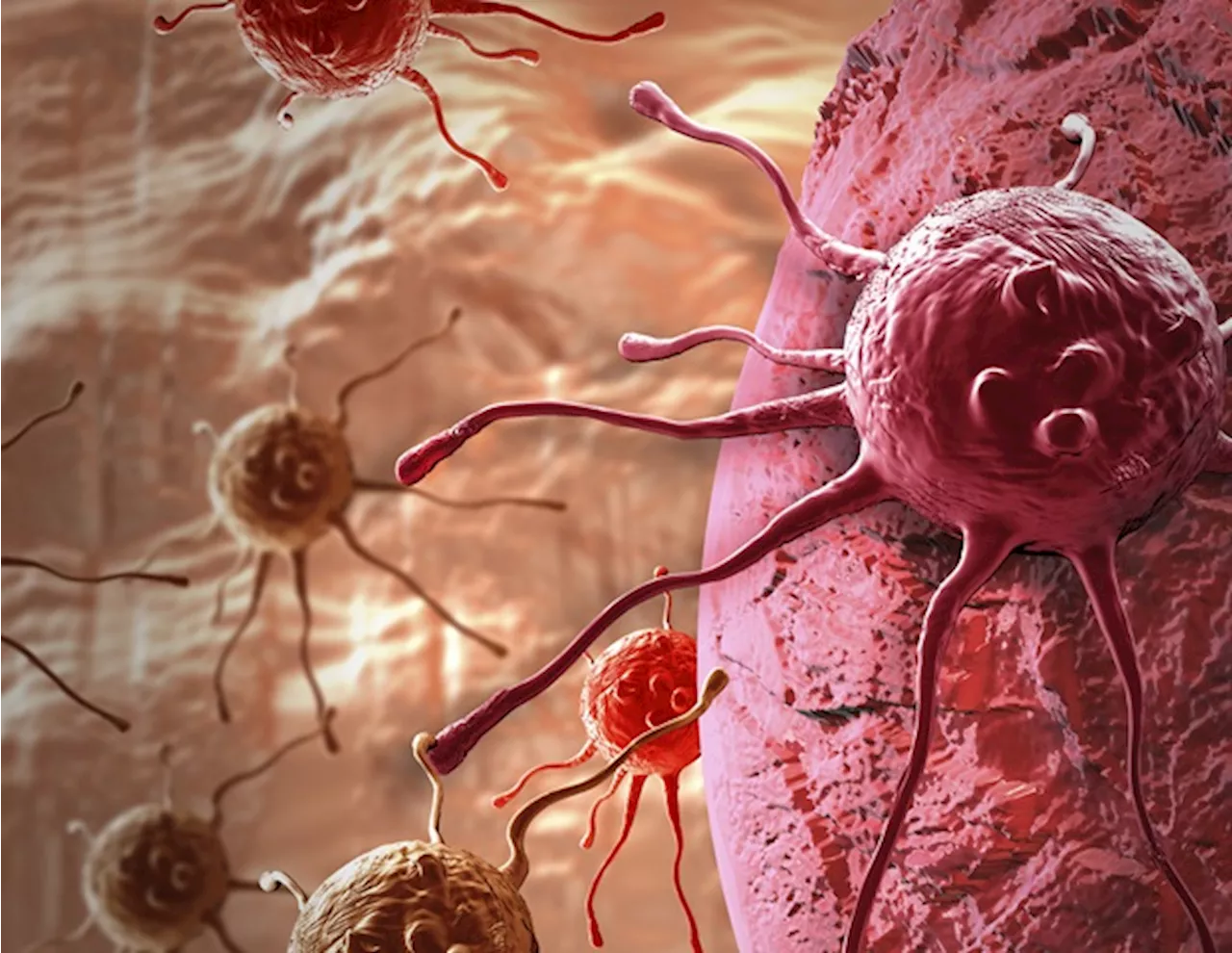The study reveals that moderate fever enhances CD4 T cell activity while reducing regulatory T cell suppression, highlighting temperature's immune effects.
By Pooja Toshniwal PahariaReviewed by Danielle Ellis, B.Sc.Sep 25 2024 Study reveals that moderate fever temperatures improve metabolism, proliferation, and effector function of CD4 T cells while reducing regulatory T cell suppression.
Fever occurs when the body's thermostat, located in the hypothalamus, raises the set-point temperature in response to infection, inflammation, or other causes. Symptoms include sweating, chills, headache, muscle aches, and fatigue. Researchers cultured murine helper T cells at 37°C or 39°C to examine T-cell changes caused by temperature elevation. Ki67 expression in the spleen and mesenteric lymph nodes indicated T-cell proliferation, whereas interferon-gamma levels indicated their function. Phosphorylated protein kinase B -mammalian target of the rapamycin C1 pathway components represented T-cell metabolism. Enzyme-linked immunosorbent assays measured cytokine expression.
Related StoriesResearchers used in vitro Clustered Regularly Interspaced Short Palindromic Repeats screening among Th1 cells to determine the molecular basis of cell death. They extracted T cells from wild-type and Trp53−/− mice and cultured them at 37° and 39°C to assess their viability. The researchers conducted gene expression studies in mice with inflammatory bowel disease to investigate whether in vivo inflammation produced comparable stress responses as functional correlations.
The heat affects ETC1 and increases oxidative stress in the mitochondria, or energy-producing components of a cell. This lowers cell viability and damages the DNA. The increased stress and DNA damage cause apoptosis or programmed cell death. In this situation, several murine and human Th1 cells, a type of helper T cell, are destroyed.
Heat Arthritis CD4 Cell Cell Death Cell Metabolism Chronic CRISPR DNA DNA Damage Fatigue Genes Glycolysis Headache Hypothalamus Immunology Inflammation Interferon Metabolism Mitochondria Muscle Oxygen Proliferation Protein Respiratory Rheumatoid Arthritis Stress T-Cell
United Kingdom Latest News, United Kingdom Headlines
Similar News:You can also read news stories similar to this one that we have collected from other news sources.
 CD4 T cells found to be key players in tuberculosis defenseThe body's first line of defense against tuberculosis (TB) involves immune cells that suppress lung inflammation instead of activating it, reported University of Pittsburgh and the Ragon Institute of Mass General, MIT, and Harvard scientists today in Immunity.
CD4 T cells found to be key players in tuberculosis defenseThe body's first line of defense against tuberculosis (TB) involves immune cells that suppress lung inflammation instead of activating it, reported University of Pittsburgh and the Ragon Institute of Mass General, MIT, and Harvard scientists today in Immunity.
Read more »
 Immune cells caught between worlds: Researchers explore how innate-like T cells matureOur immune system spans two worlds—innate and adaptive. Innate immune cells are like troops at the gate ready to hold off invaders and raise the body's alarms. Adaptive immune cells are specialists that take longer to respond but can fight off foes in a more targeted manner.
Immune cells caught between worlds: Researchers explore how innate-like T cells matureOur immune system spans two worlds—innate and adaptive. Innate immune cells are like troops at the gate ready to hold off invaders and raise the body's alarms. Adaptive immune cells are specialists that take longer to respond but can fight off foes in a more targeted manner.
Read more »
 Researchers discover new role of immune cells in eye healthThe eye is an immune-privileged tissue because of the need to keep blood vessels away from the central pathway of light and to restrict entry of inflammatory cells that could cause damage. This has prompted questions about how the eye manages inflammation when it occurs.
Researchers discover new role of immune cells in eye healthThe eye is an immune-privileged tissue because of the need to keep blood vessels away from the central pathway of light and to restrict entry of inflammatory cells that could cause damage. This has prompted questions about how the eye manages inflammation when it occurs.
Read more »
 Researchers 'turbocharge' vaccine delivery by jolting 'bystander' immune cells into action in animal modelsMonash University researchers have developed a new technique to boost the effectiveness of both traditional and mRNA-based vaccines in animal models.
Researchers 'turbocharge' vaccine delivery by jolting 'bystander' immune cells into action in animal modelsMonash University researchers have developed a new technique to boost the effectiveness of both traditional and mRNA-based vaccines in animal models.
Read more »
 Researchers uncover how brown fat cells increase metabolic activitySpecial fat cells known as brown adipocytes help maintaining body temperature by converting calory-rich nutrients into heat.
Researchers uncover how brown fat cells increase metabolic activitySpecial fat cells known as brown adipocytes help maintaining body temperature by converting calory-rich nutrients into heat.
Read more »
 Researchers discover how oral cancer cells may block the body's immune responseMacquarie University researchers have discovered new information about how oral cancer cells may block the body's immune response. This could lead to better treatments for this aggressive disease.
Researchers discover how oral cancer cells may block the body's immune responseMacquarie University researchers have discovered new information about how oral cancer cells may block the body's immune response. This could lead to better treatments for this aggressive disease.
Read more »
